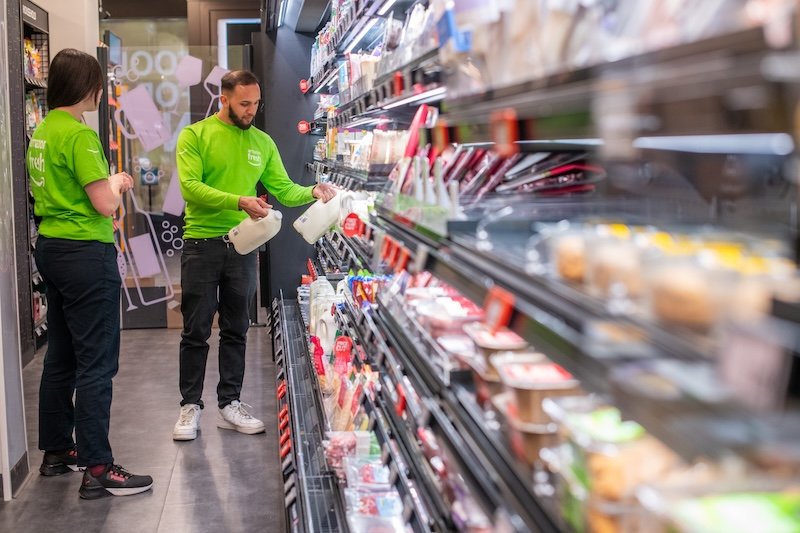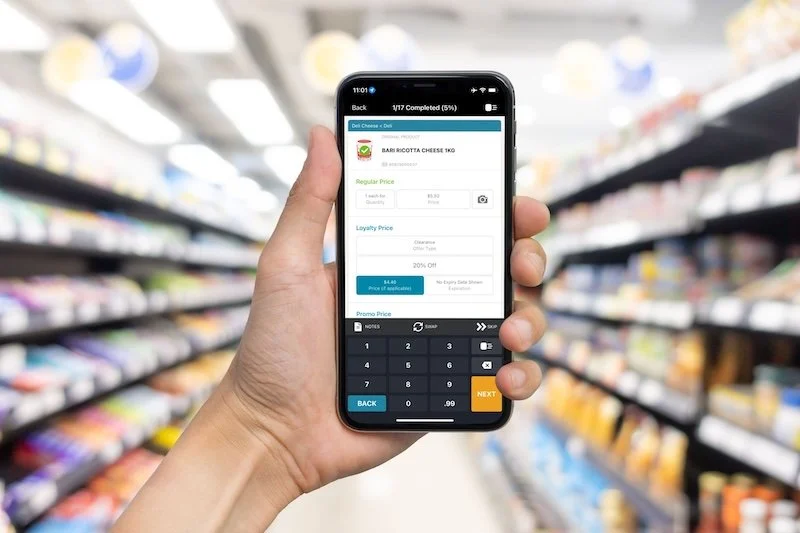IMRG: Covid-19 a distant memory as January becomes contender for weakest ever online month
2024 has gotten off to a very slow start for e-commerce sales, with online revenue falling -7% year-on-year (YoY) in January against a decline of -3.5% last year, according to the IMRG Online Retail Index, which tracks the performance of over 200 retailers.
While that is not the sharpest rate of decline in the history of the index – February 2022 was down -29.6% – the drop back then was a consequence of the huge growth recorded during the lockdowns of 2020/21, so the YoY comparison was skewed rather than it being a reflection of low demand.
In January 2024, demand felt very weak.
Since the high growth rates seen during the pandemic, e-commerce revenue declined -10% YoY in 2022 and -3% YoY in 2023, with IMRG forecasting 0% YoY growth in 2024.
As we moved into the post-Christmas period, the rates of growth have been markedly lower than those seen last year, with big declines even recorded against big declines from the previous year; the payday week (w/c 21 January) saw a decline of -9.4% YoY against -11.1% for the same week in 2023.
The -7% drop for January is the second-lowest since the skewed lockdown comparison period in early 2022, with only December 2022 (which was impacted by Royal Mail strikes) seeing lower growth (-9.3% YoY).
Several categories recorded poor growth online, including clothing (-10.8% YoY), beers, wine and spirits (-23.3% YoY), electricals (-8.8% YoY), gifts (-10.3% YoY) and home (-5.7% YoY).
Growth was not universally negative, with garden up +9.2% YoY probably due to the mild temperatures and health and beauty up +9.1% YoY, though that category is proving the exception; unlike the other ones, it has not experienced any negative growth for a whole month since June 2023.
Andy Mulcahy, Strategy and Insight Director at IMRG, says: “Up until around 2019 e-commerce was rightly regarded as an industry with high potential, buoyed by the notion that ‘everything was going online’ and the high street seemed in terminal decline.”
“Around that time though, the overall growth rate for e-commerce had actually started to head toward flat. The lockdown period then gave us years of data that was heavily skewed, but what we are seeing now is not just a consequence of that anymore.”
“The economic situation is dire, demand has been impacted, and e-commerce feels like it is no longer immune to tough times but is just as vulnerable as retail more generally and other customer facing industries.”
“However: a possible bright spot on the horizon. While the economic and geopolitical context is fraught and potentially intensifying, e-commerce has traditionally benefited when technology progresses; new devices, such as the tablet and smartphone, helped push up sales by increasing accessibility to retail sites.”
“Many of the ‘next big thing’ technologies in recent years – such as voice, augmented reality, and the metaverse – have not delivered for retail yet, but AI has come on profoundly in the last 12 months.”
“As it becomes widely embedded in platforms and systems, the breadth and quality of personalisation it enables may well be what restores growth to e-commerce. It certainly seems like we can’t rely on stability in the macro environment to provide it.”















Continue reading…